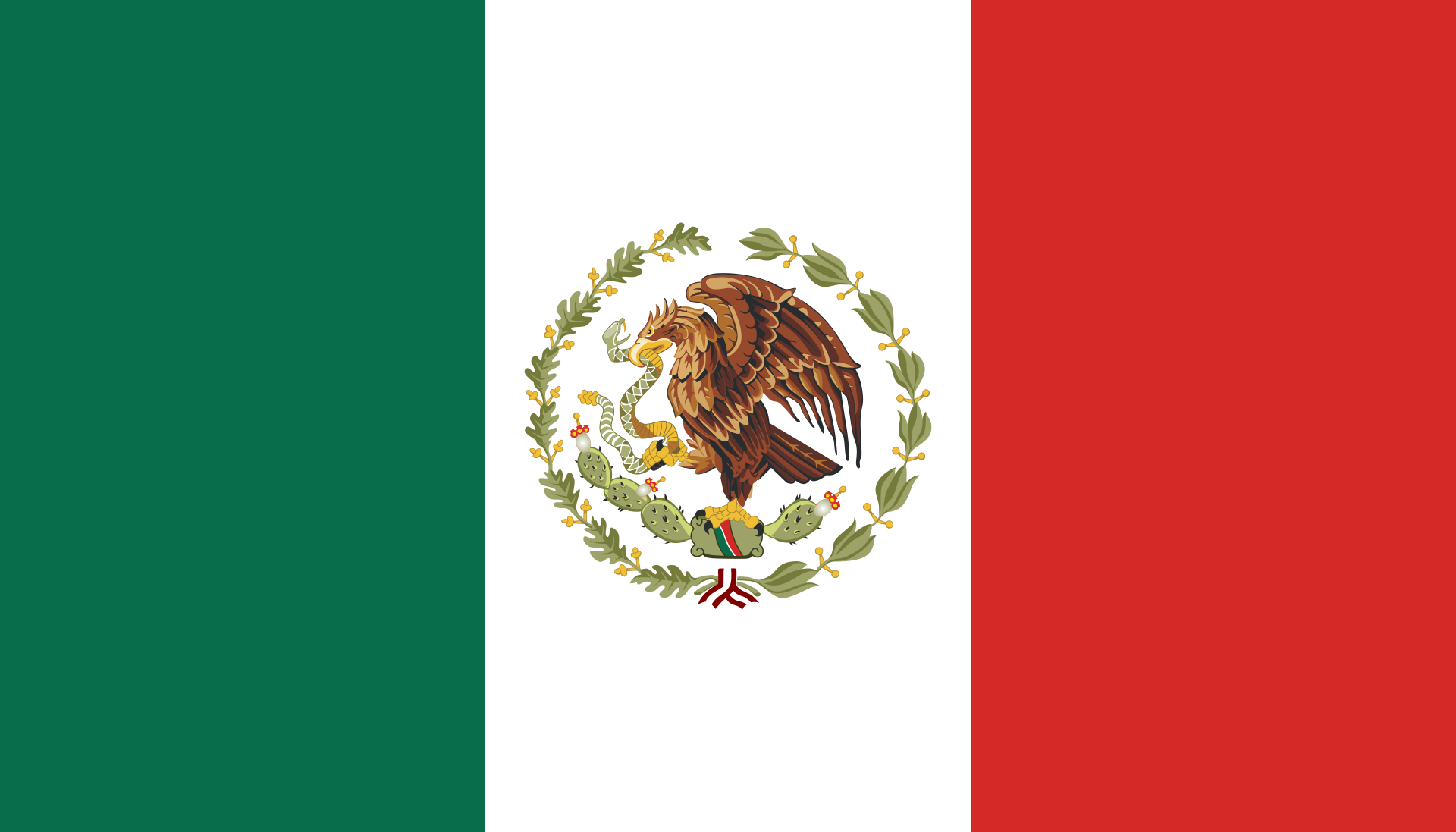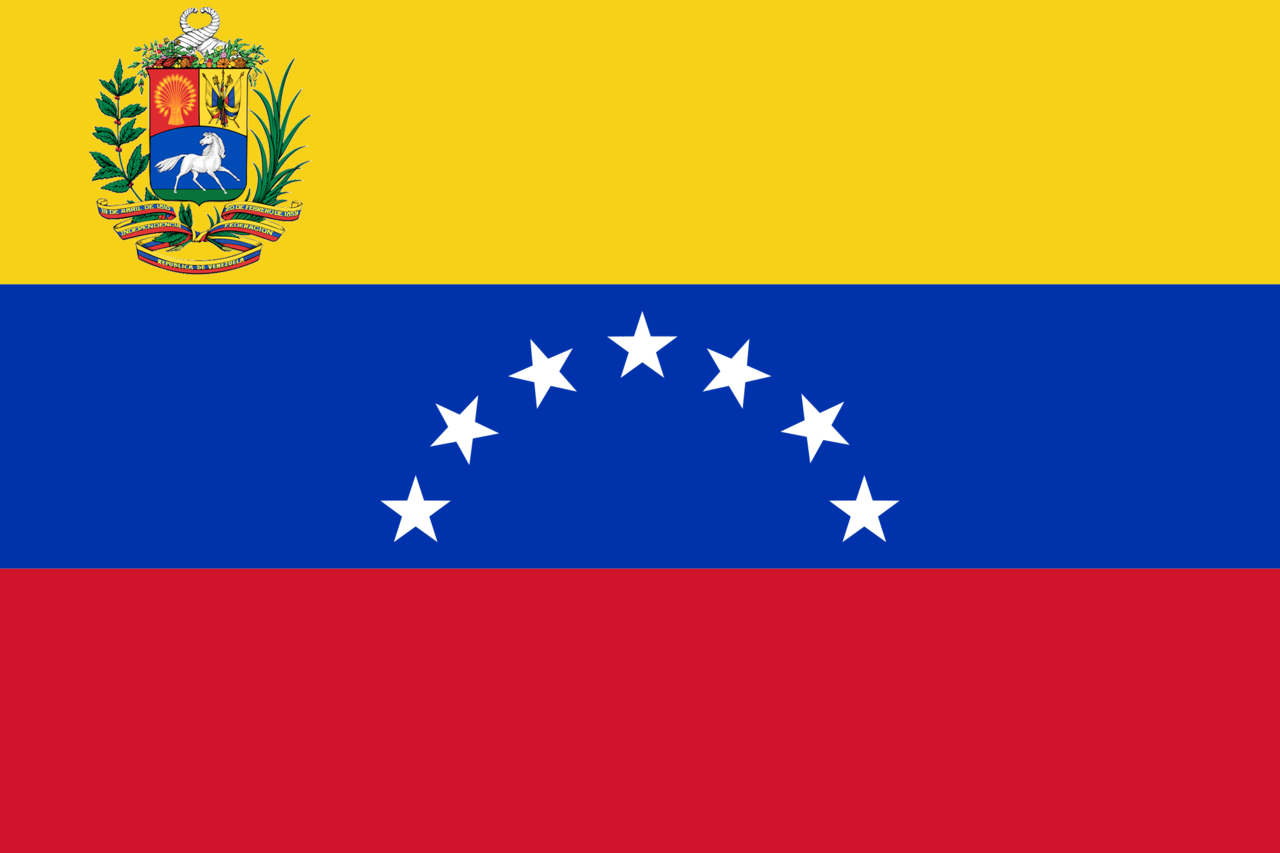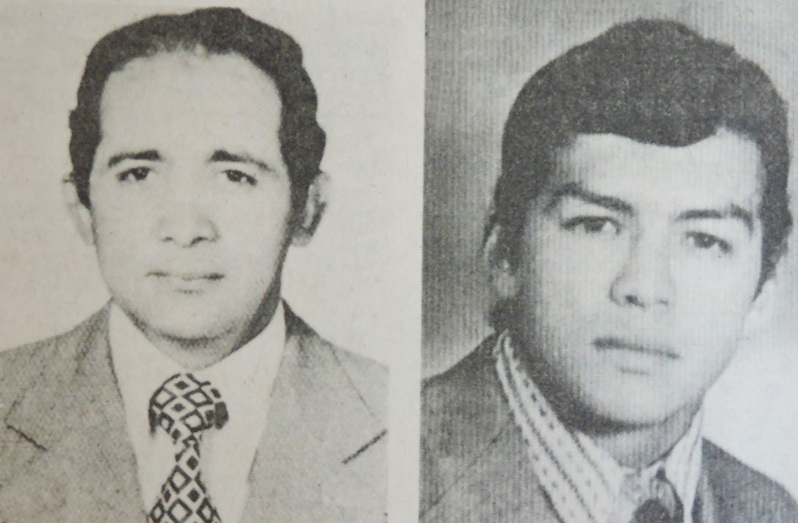Commando 42-3663
Aircraft Identification
VARIANT: Curtiss C-46A-35-CU Commando
USAF SERIAL NUMBER (S/N): 42-3663
CURTISS CONSTRUCTION NUMBER (C/N): 26796
COMMANDO LINE NUMBER (L/N): CU436
FATE: Written off
Operational Record
 Febuary 1944 to November 1945
Febuary 1944 to November 1945
42-3663 - USAAF (USA)
9 February 1944
Delivered from the Curtiss-Wright factory in Buffalo, NY.
3 March 1944
Assigned to ATC Central African Wing.
20 June 1945
Assigned to Morrison Field, FL.
 November 1945 to 1948
November 1945 to 1948
42-3663 - RFC (RECONSTRUCTION FINANCE CORPORATION) (USA)
25 November 1945
Transferred to RFC, stored at Ontario AAF, CA.
 1949 to November 1949
1949 to November 1949
XA-HIO - AEROVIAS CONTRERAS (MEXICO)
1949
Leased to Aerovias Contreras, and assigned a temporary registration.
 November 1949 to March 1951
November 1949 to March 1951
XA-JEB - AEROVIAS CONTRERAS (MEXICO)
November 1949
Reregistered.
5 March 1951
Damaged in an accident in National City, CA.
[Sources contradict each other regarding what exactly happened between Neil F. Lawrence and Aerovias Contreras. AB says XA-HIO was not taken up. PL says XA-HIO was returned to Neil F. Lawrence and subsequently reregistered XA-JEB. JB does not mention the XA-HIO registration but says XA-JEB was returned to its owner in 1949. We say: XA-HIO was probably a temporary registration (“pasavante”) and the aircraft was likely operated by Aerovias Contreras continuously from 1949 until the March 1951 accident.]
 June 1951 to January 1954
June 1951 to January 1954
PP-AXU - AEROVIAS BRASIL (BRAZIL)
28 June 1951
Purchased.
3 July 1951
Assigned a temporary registration.
25 August 1951
Assigned a permanent registration.
 January 1954 to March 1954
January 1954 to March 1954
PP-AXU - PEARL ISLAND CORPORATION (USA)
13 January 1954
Purchased.
8 February 1954
Registration cancelled for export.
 March 1954 to October 1954
March 1954 to October 1954
YV-C-NAF - SAN VENEZOLANOS (VENEZUELA)
March 1954
Purchased. [Or maybe leased? See event below]
10 July 1954
Seized by Brazilian authorities in Boa Vista for landing without a permit.
September 1954
The company owner staged the theft of the Commando by his own pilots, and then filed a complaint to the Brazilian authorities. On 23 September 1954, local newspaper Correio da Manha describes the event as follows:
“LANDED IN BRAZIL WITHOUT A PERMIT
The General Director of Civil Aviation (DAC) dispatched the following request:
Edgard J. Colon, a US citizen, who claims to be the owner and commander of a Curtiss Commando aircraft registered YV-C-NAF, which was stolen from Boa Vista, Rio Branco, and flown to an unknown destination, is requesting an investigation by the competent authorities and other measures to ensure the recovery of his aircraft.
However, the request can not be taken into consideration. Indeed, the nationality and ownership of the aircraft, which entered Brazil with neither a permit, nor any certificate of navigability or registration, cannot be proven by the applicant. In addition, the DAC verified that the aircraft in question was taken to Georgetown, and from there to Miami by the two crewmembers who arrived in Boa Vista with the applicant and who stayed there, with their agents, with free access to the aircraft. This, in itself, reveals the nature of the applicant’s objectives.”
This event seems to have sealed the fate of Mr. Colon’s fledgling airline.
[this part of the aircraft’s life is not mentionned by AB]

 October 1954 to June 1965
October 1954 to June 1965
HK-388 - LIDCA (LINEAS AEREAS DEL CARIBE) (COLOMBIA)
October 1954
Purchased. [date quoted as March 1955 by AB, maybe delivery date?]
[AB has the aircraft leased to SAM (Sociedad Aeronautica de Medellin) by LIDCA at some point]
 June 1965 to October 1981
June 1965 to October 1981
HK-388 - AEROPESCA (COLOMBIA)
October 1965
Purchased. [date quoted as March 1955 by AB, maybe delivery date?]
21 October 1981
Damaged beyond repair during a forced landing in Orteguaza River, Caqueta, Colombia after the aircraft was hijacked by the guerilla (0/9 fatalities).
The Commando took off at 07:00 LT from Medellin on a charter flight to Barranquilla, then to Bahia Solano and back to Medellin. The four passengers were two men who identified themselves as CORELCA technicians, the Atlantic Coast Electric Corporation, and their wives. CORELCA had used the services of Aeropesca on several occasions, so there was nothing extraordinary about having scheduled another service which followed a route that had already been requested in the past.
Minutes after takeoff, one of the men pulled out a pistol and ordered the Captain to declare an emergency due to the failure of no.1 engine. The radios and transponder were subsequently turned off. After two hours of flying, the hijackers ordered the pilots to land on the clandestine strip of Willy near Dibulla, in Guajira. During the landing roll, the plane got stuck in the sand, and it took the passengers two hours to unearth it with the help of the guerilleros that were waiting for them. The aircraft was then loaded with weapons, to the point that it hit the treetops after takeoff. The aircraft was then directed at low level toward the south of the country. Mountain ranges were crossed by instruments, and were barely cleared due to the overweight. Upon entering the region of Caqueta, the hijackers ordered the pilots to land on a forest track in Larandia, but the Captain replied it was too short. As it was already 18:20 LT and getting dark, everyone agreed to go for nearby River Orteguaza instead. The plane touched down heavily and bounced off the water before coming to a stop.
Meanwhile, search and rescue operations started by the Colombian government did not bring any result. The next day, around 11:00 LT, the first reports came from Indians who reported that the aircraft had been found floating on a sand bank in River Orteguaza – at an approximate distance of 930 miles from its intended final destination on the Colombian coast. All suspicions pointed to a hijack by one of the guerrilla groups. That same afternoon, a civil aviation rescue team and technicians, accompanied by journalists and cameramen, were flown to Neiva. The next day at dawn, they flew to Tres Esquinas Air Base in Caqueta, from which a Navy speedboat took them upstream to the crash site. When the plane was inspected, remains of a cardboard box were found, bearing an inscription which clearly showed that weapons and ammunition originating from the the city of Colon in Panama were transported.
On 26 October, the Panamanian government categoically denied any involvement in this arms smuggling operation. That same day, the M-19 guerrilla group claimed responsibility for the hijacking and the success of the mission: the weapons had been acquired in Panama and sent by ship to La Guajira, where they were boarded on HK-388.
The entire crew was retained by M-19 and kept prisonner in a jungle camp. Several days after the incident, a recording was sent to the media, in which Capt. Bejarano explained the story and declared that the entire crew was safe and sound. On 8 November, all crew members were released on a remote jungle track and later found by military forces a few kilometers from Tres Esquinas Air Base.
The Colombian civil aviation authority subsequently suspended Aeropesca’s air operation certificate for several violations, including the transport of passengers on a cargo flight.
Crew:
Capt. Juan Manuel Bejarano, Commander (pictured, left)
Capt. Javier Rojas, Copilot (pictured, right)
Luis Palcios, Mechanic
Panfilo Gonzalez, Mechanic
Fernando Gaona, Medellin Base Manager
Capt. Juan Manuel Bejarano was a former Colombian Air Force helicopter pilot. After retiring from the military, he flew for various local operators until joining Aeropesca. A few weeks prior to the hijacking, he had founded the company Aerosol together with his partner Hernando Suarez. They were in the process of acquiring HK-388 from Aeropesca, which would have become their airline’s first aircraft. Instead, following the Orteguaza river incident, Capt. Bejarano became the personnal helicopter pilot of the Colombian Ministry of Transport.
Below, left: HK-388 in Aeropesca’s colorful livery at Bogota El Dorado Airport, August 1974.
Photo credit: Werner Fischdick / ASN
Below, right: Aeropesca's HK-388, unknown date & location.
Photo credit: Unknown / Aviacol.net
Further underneath: The first pictures taken of HK-388 as the Colombian military found it in Rio Orteguaza.
Photo credit: Diario del Tempo / Aviacol.net
Last edited: 19/05/2019





